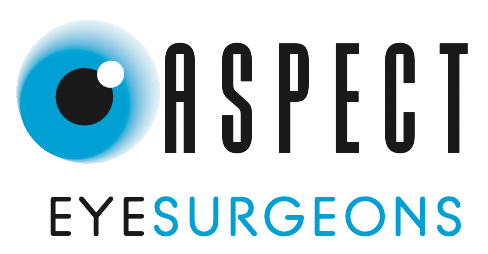Diabetes is an increasingly common disorder in Australia and may have delayed diagnosis and treatment because it has few if any symptoms in its early stages.
Prolonged periods of suboptimal blood sugar control and elevated blood pressure may damage a number of structures within the eye. The most common eye complication of diabetes within the eye is diabetic retinopathy.
Diabetic retinopathy results from damage to the fine network of blood vessels that supply the retina. Over time, as this damage accumulates there may be reduced blood supply to the retina – known as ischaemia, which may starve the retina of vital oxygen and other nutrients. In addition to ischaemia, these blood vessels may become leaky, causing swelling within the retina – particularly at the macula (macula oedema).
When diagnosed with diabetes it is important to have regular eye checks. If the eye examination is normal, this can be performed by your optometrist – usually once a year. When retinopathy is present the National Health and Medical Research Council recommends referral to an ophthalmologist for regular monitoring and treatment if necessary.
Your ophthalmologist will dilate your pupils and thoroughly examine the front and back of your eyes to grade the severity of your retinopathy. They may also take retinal photographs and perform scans (optical coherence tomography – OCT). If there are signs of significant damage it may be necessary to perform a special test called an angiogram. This involves injecting a special dye into your veins and documenting the passage of that dye through the intricate network of blood vessels at the back of the eye.

Diabetic retinopathy is separated clinically into proliferative (PDR) and non-proliferative (NPDR) diabetic retinopathy.
PDR is a more advanced form of retinopathy. Chronic retinal ischaemia may result in the growth of new blood vessels within the eye. These vessels may bleed or cause severe scarring that induces a retinal detachment. They may also cause dangerously high pressure within the eye.
NPDR is characterised by the presence of abnormal dilated blood vessels (microaneurysms), bleeding, fatty deposits within the retina, damage to the retinal nerve fibre layer, and abnormalities in the retinal veins.
Timely recognition of these changes by your ophthalmologist may prompt treatment that can help to preserve your vision.
Whilst these changes can be severe, it should be stressed that good control of blood sugar levels and blood pressure may prevent diabetic retinopathy developing at all.
Diabetic retinopathy and diabetic macular oedema may be treated by your ophthalmologist using a variety of techniques including retinal laser, injections of various medications into the eye and occasionally with surgery.

